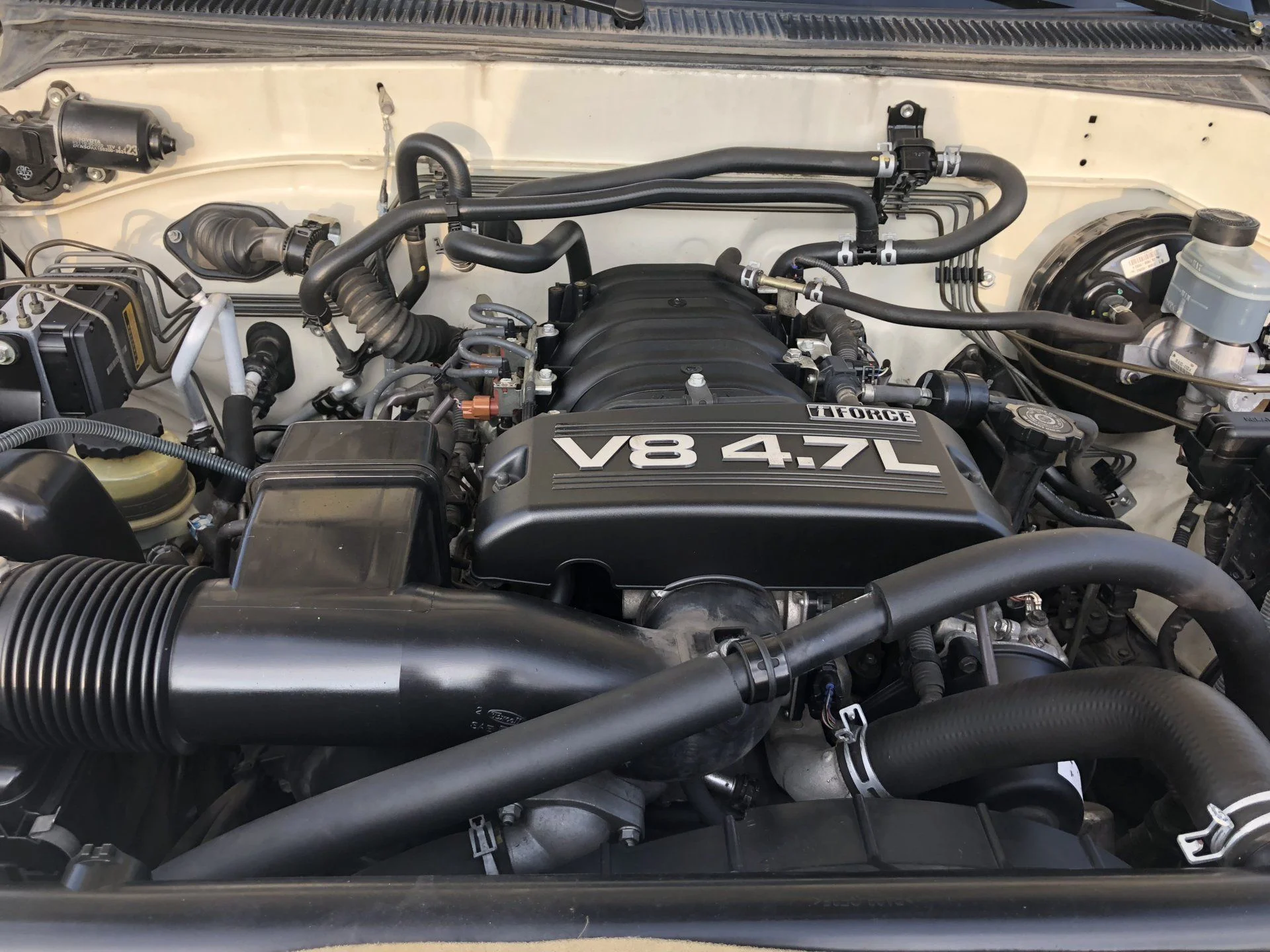I'll first say; that video in OP sounds normal IMO, for a 2UZ VVT USA made with no engine cover deadening the sound of fuel injectors. coils and piston slap. It was short video, so I can not get a good read/hear. I like too hear from cold start all the way through warm up. I use stethoscope the whole time moving around engine.
Second; I'll
assume you did not remove the head, just head cover (AKA valve cover) to repair coil retainer bolt hole threads.
Before pulling the cam or cams, which must be done to remove buckets under them and get at each shim. Check gap of all valves. Toyota FSM has a procedure for this with engine cold.
The FSM procedure has you rotate crank/cams to very specific positions for each valve gap you check. You can not just check gap at any given point as lobes of cam must be up.
One guy some time back in mud, who must have been a shop mechanic, said; he changes shim often. But outside of him, I've asked repeatedly on mud, if anyone even has checked the gap on the 2UZ. Two guy's in mud said they did. But they were pulling my leg. IMO gap is rarely adjusted in the 2UZ.
Once you've all the readings (gaps) of each valve you then pull cam or cams. This means pulling timing belt, head covers and front head cover cam & seal retainer and resealing during assembly. This is a big job!
You then measure the old shim under bucket and calculate with a chart the size shim you'll need, to then bring within spec gap based on gap readings you took at start.
The shim under the bucket need changing because the gap has increased or decreased. This has to do with a few different things, which I've never seen nor done on a 2UZ.
Things that can effect gap are; valve steam stretch, valve seat wear, valve wear, cam lob wear, valve steam wear, bucket wear, shim wear. If cam wear a new cam is needed. None of which is likely in a 2UZ provided good oil & filter and air filter history. Even then I've not seen.
Valve gap that has widened can get loud. This would indicate valve not open wide enough. This may effect compression. If exhaust valve it may reduce amount of gas escaping. This could increase compression.
Some thoughts to consider:
You may want to scope that cylinder to start, also do other testing like compression and leak down (engine hot) before pulling cams.
I do not know why the coil bolt needed repair. If coil was loose for extended period of time. You may have had firing issue with that cylinder. I suppose valve could be damaged. But I would expect a CEL if #8 was misfiring that bad (enough to do damage) over extended prior of time.
Spark plugs walking out would be bigger issue than coil secured or not. This can damage coil and valve over the long term. It can also make for very loud engine, which sound like exhaust manifold leak.
The VVT engine seem a bit nosier than non VVT, IMHO. VVT uses a plastic intake, that doesn't deadening the sound as much as the heaver old aluminum ones. In the 100 series Toyota puts on the engine cover (AKA valley cover), that's insulated with heat an sound deadening foam in the VVT engine. Pull it off and it sound louder "TICKING"
The fuel inject have a very loud tick, which speeds up with RPM. Put a stethoscope on and you'll hear it. Coils also tick a bit, more so if insulator missing or coil not secured.
Toyota's have what dealership referred to as the "Toyota Tick". It's arguable what your sound is in video. What most commonly referred to as the Toyota tick, is, piston slap. The USA made engine (Sequoia & Tundra) are the ones this was most notable in.
Hope this helps.



